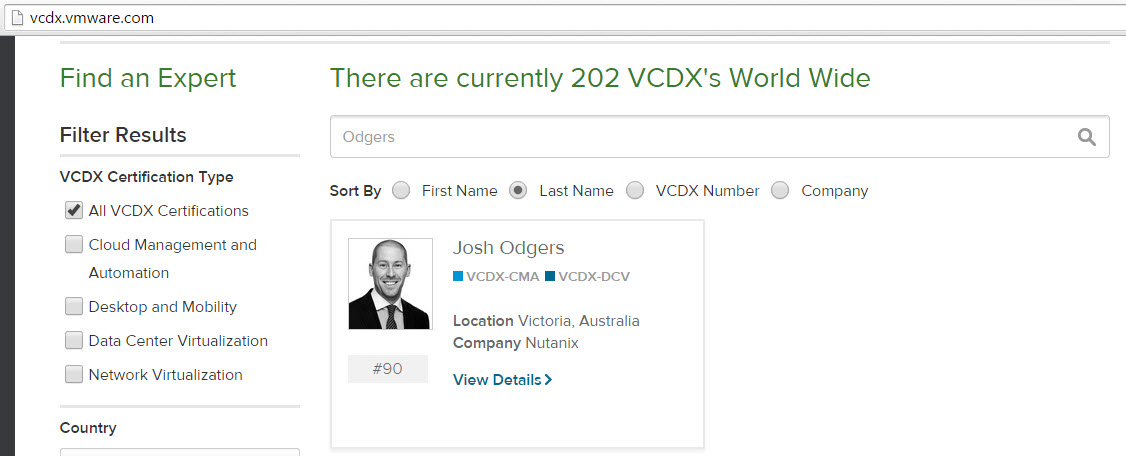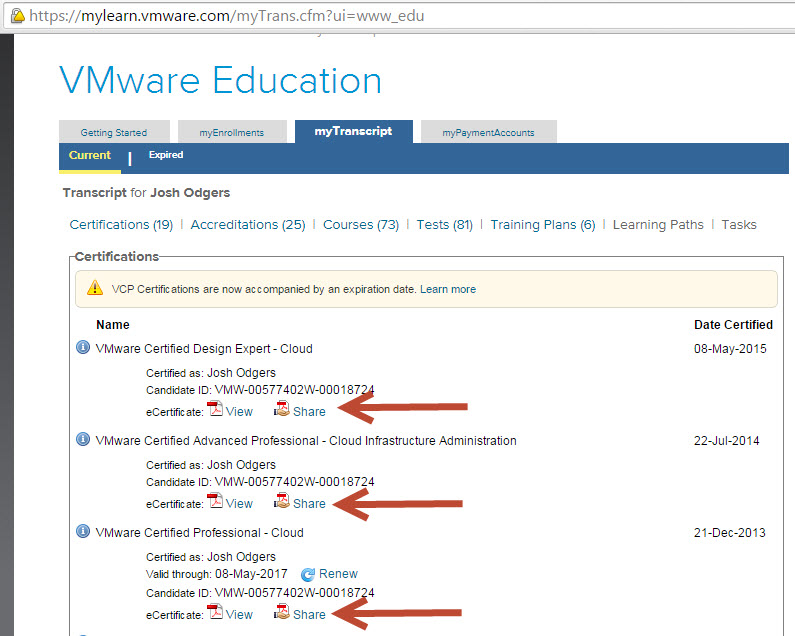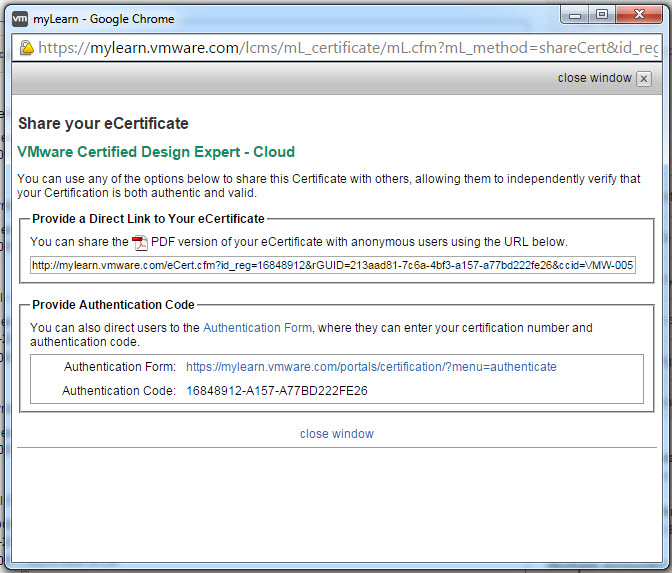Following on from Part 1 – Preparing for the Design Defence, Part 2 covers my tips for the Design Scenario part of the VCDX defence.
After a short break following your 75min Design defence, your neck deep in the Design Scenario. You are presented with a scenario which you need to demonstrate your abilities to gather requirements and while you will not be able to complete a design in 30mins, you should be able to demonstrate the methodology you use to start the process.
As mentioned in Part 1, I am not a official panellist and I do not know how the scoring works. The below is my advice based on conducting mock panels, the success rate of candidates I have conducted mock panels with and my successfully achieving VCDX on the 1st attempt.
Common Mistakes
1. Not gathering and identifying requirements/constraints & risks
The design scenario is very high level, and does not provide you with all the information required to be able to properly start a design. Not identifying and clarifying requirements/constraints and risks will in most cases prevent a candidate from successfully being able to start the design process.
Note: The word “Start” is underlined! You can’t start a design without knowing what your designing for… so don’t make this mistake.
2. Not documenting the requirements/constraints & risks
Assuming you have not made Mistake #1, and you have gathered and clarified the requirements/constraints & risks, the next mistake is not to write them down. I have seen many candidates do an excellent job of gathering the information, to then fall in a heap because they waste time asking the same questions over again because the have forgotten the details.
30 mins is not a long time, you cannot afford to waste time repeating questions.
3. Going down a rabbit hole
I have observed many candidates who are clearly very knowledgeable, who have spent 10-15 mins talking about one topic, such as HA and going into admission control options and pros/cons, isolation response etc. They demonstrated lots of expertise, but this did not help getting as much progress as possible into a design within the time constraint.
The design may be excellent in one key area (eg: HA) but severely lacked in all other areas, which would certainly led to a low score in the design scenario.
4. Not adjusting to changes
The information given to you in the design scenario may not always be correct and may even change half way through the design. Just like in a customer meeting, the customer doesn’t always know the answers to your questions, and may give you an incorrect answer, or simply not know the answer, then later on, realise they gave you incorrect information and correct themselves.
I deliberately throw curve-balls into mock design scenarios and I have observed several times a candidate be say 25 mins into the design scenario and this happens, and they failed to adjust for whatever reason/s.
5. Being Mute!
I have seen candidates who stand starring at the whiteboard, or drawing away madly, while completely mute. Then after 5-10 mins of drawing/thinking candidates then talk about what they came up with.
Do you stand in customer meetings mute? No! (Well, you shouldn’t!)
Tips for the Design Scenario
1. Clarify the Requirements/Constraints
Start by clarifying the information that has been provided to you. The information provided may be contradictory, so get this sorted before going any further.
2. Write the requirements/constraints & risks on the Whiteboard
Once you have clarified a piece of information that has been provided to you, write it on the whiteboard under section heading, such as:
a) Requirements
b) Constraints
c) Risks
d) Assumptions
Now, you can quickly review these items, without having to remember everything and if a curve-ball is thrown at you, you can cross out the incorrect information and write down the correct info and this may assist you modifying your design to cater for the changed requirement/constraint etc.
As you work through the scenario, you may be able to clarify an assumption, so you can remove it as an assumption/risk, this shows your working towards a quality outcome.
3. Write down your decisions!
Ensure you address each of the key areas of a vSphere solution by writing on the whiteboard headings like the following:
a) Storage
b) Networking
c) Compute
d) Availability
e) Datacenter
Ensure you write down at least 3 items per section, so you are covering off the entire environment.
As you make a design choice, write it down, eg: under storage, you may be recommending or constrained to use iSCSI, so write it down. iSCSI / Block storage.
So, aim to have 5 section headings like the above examples, and at least 3 items per heading by the end of 30 mins. If you do the math, that’s only 6 mins per section, or 2 mins per item so make them count.
eg: Availability does not just mean N+1 vSphere cluster, what about say, environmental items such as UPS? A successful VCDX level design is not just about vSphere.
4. Verbalize your thought process.
I cannot give you advise, if I don’t know what your thinking! Same with the panellists, they can’t score you if you don’t verbalize your thought process.
No matter what, keep thinking out loud, if your working through options in your mind, that’s what the panel want’s to hear, so let them hear it!
If you are mute for a large portion of the 30 mins, the lower the chances you have of increasing your score.
5. Show how you adjust to changes in requirements/constraints/assumptions!
As a VCDX candidate, your most likely an architect day to day, so you would have dealt with this many times in real life, so deal with it in the design scenario!
If your 25 mins into the design scenario, and the panel suddenly tells you the CIO went out drinking on the weekend with his new buddy at storage vendor X and decided to scrap the old vendors storage and go for another vendor, deal with it!
Talk about the implications of moving from vendor X to vendor Y, for example FC to NFS and how this would change the design and would it still meet the requirements or would it be a risk?
6. Don’t be afraid to draw diagrams – but don’t spend all day making it pretty!
Use the whiteboard to draw your solution as it develops, but don’t waste time drawing fancy diagrams. A square box with ESXi written in it, is a Host, it doesn’t need to be pretty.
eg: If your drawing a 16 node cluster, draw three squares, Labelled ESXi01, ESXi…. and ESXi16, don’t draw 16 boxes, this adds no value, wastes time, and makes the diagram harder to draw.
Summary
I hope the above tips help you prepare for the VCDX design scenario and best of luck with your VCDX journey. For those who are interested, you can read about My VCDX Journey.
In Part 3, I will go through Preparing for the Troubleshooting Scenario, and how to maximize your 15 mins.






